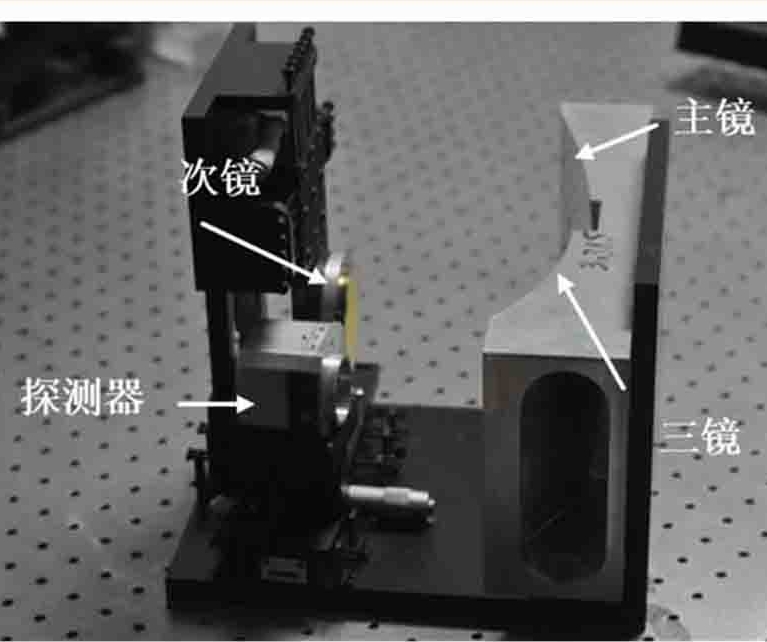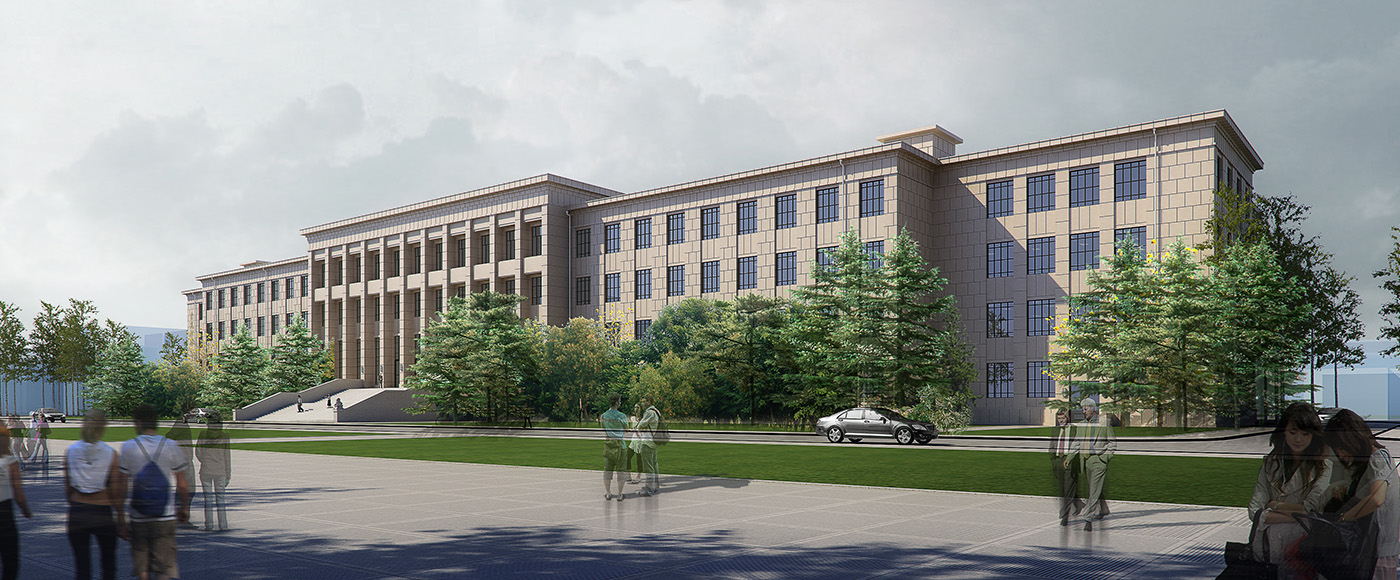Design, alignment and testing of freeform off-axis three-mirror system with low F-number

Reflective systems have been widely used in imaging systems. Compared with refractive systems, reflective systems have no chromatic aberration and work on a wide spectrum range. Off-axis reflective systems usually make the aperture stop offset or fields biased to avoid the central obscuration. F-number is a critical parameter in imaging systems Lower F-number is preferred to improve the imaging performance, for example, Signal-to-Noise-Ratio (SNR). Low F-number off-axis reflective systems are very useful. During the design of this kind of system, the use of freeform surfaces may help to reduce aberration of the large aperture system and decenter and tilt of surfaces while improve the imaging performance. Consequently, the research on the design of freeform reflective imaging system with low F-number is essential.
In general structures of off-axis reflective systems, the elements are individual, and the spacing between mirrors is usually so large that they have to be fabricated on discrete elements. When freeform surfaces are applied to off-axis systems, the lack of rotational symmetry may increase the alignment difficulty. To solve this problem, we can reduce the degree-of-freedom in alignment. We use an integrated configuration strategy. The primary mirror and the tertiary mirror are approximately tangent in this system. Consequently, these two freeform mirrors can be fabricated on one substrate, and the alignment process can be done by adjusting the position and orientation of the secondary mirror. We proposed a design method of easy-aligned freeform reflective imaging system with low F-number. Specifically, we generate a coaxial spherical system based on the first-order property and narrow the range of surface curvatures with a multi-dimension search process. The integration of primary and tertiary mirrors is considered in the design process. The freeform surfaces are obtained from the spheres by step-by-step optimization and adding complex boundary conditions. The final system satisfying the design requirements is obtained through software optimization.
Our research group has also fabricated, assembled and tested the system. In addition, we also proposed a new method for the alignment of freeform systems.




